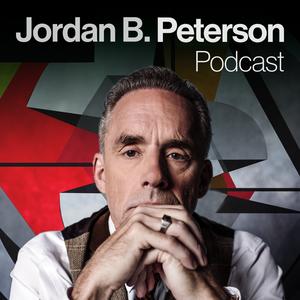
In this episode of the Hidden Brain Podcast titled “Success 2.0: The Obstacles You Don’t See,” host Shankar Vedantam explores the concept of friction and its impact on success. Friction refers to the psychological force that resists change and can manifest in various forms. Through real-life examples and expert interviews, the episode uncovers how identifying and addressing hidden impediments can lead to breakthroughs in personal and professional endeavors.
Many organizations focus on strategies that propel them forward, but fail to address the hidden obstacles that hold them back. Understanding the source of friction and resistance is crucial in overcoming it, rather than simply adding more incentives or fuel. Workplace geography and inertia can significantly impact personal relationships and hinder progress. By recognizing and addressing these hidden impediments, individuals and organizations can navigate towards success.
Beachhouse, a furniture company, faced challenges in making sales despite offering fully customizable products. They discovered that potential customers were overwhelmed by the number of options, leading to a high rate of abandoned sales. By simplifying the design process and offering to pick up existing furniture upon delivery, Beachhouse successfully reduced friction and increased sales. Non-profit organizations can also face conversion problems if they fail to address hidden impediments, such as restrictions on pets in shelters. Identifying and addressing these obstacles is essential for achieving desired outcomes.
Emotional friction plays a significant role in decision-making and behavior. People tend to choose the path of least resistance when it comes to their emotions, which can hinder them from taking actions they are highly motivated to do. The US Army uses scripts to help students navigate emotional friction when discussing enlistment with their parents. Online dating platforms face emotional frictions, such as the fear of rejection. Tinder’s solution to emotional friction is mutual matching, reducing the potential for negative emotional experiences.
Instead of exerting more effort to persuade or sell, it is often more effective to reduce friction and make actions easier for individuals. Simple logistical steps, such as providing clear instructions or carving out dedicated time for completing tasks, can significantly increase completion rates. Reading a message out loud can enhance its persuasiveness compared to simply hearing it from someone else. People are more influenced by ideas and evidence they generate on their own, highlighting the importance of self-persuasion. By reducing friction and making progress easier, individuals and organizations can achieve greater success.
Friction, both visible and hidden, can hinder progress and success. By identifying and addressing the specific sources of resistance, individuals and organizations can overcome obstacles and achieve their goals. Reducing friction, whether it is in the form of logistical challenges or emotional barriers, is often more valuable than solely focusing on adding incentives or fuel. Understanding the role of friction and implementing strategies to minimize it can lead to significant breakthroughs in personal and professional endeavors.